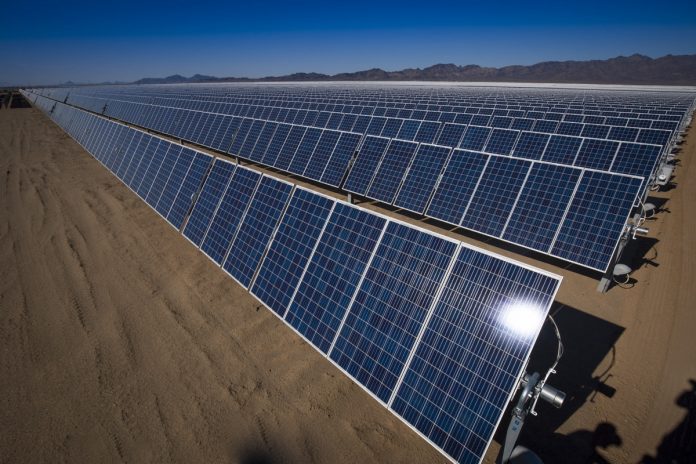Just over 8 years ago, the solar industry employed under 100,000 people in the U.S. and the price per watt to the consumer was over $6. Since then, the solar industry has surpassed 240,000 jobs, and the price per watt has plummeted to just $2.89 and still falling with some estimating that the overall cost of renewable energies, including solar, will effectively be free by 2030. The only bit of bad news is that jobs were down a bit in the last year due to the tariffs imposed by the Trump administration which caused some delays in expected projects. Despite this, the overall forecast is optimistic as solar continues to increase across the country.
Technological Advancements Driving Growth
One of the main factors behind the rapid growth of the solar industry has been technological advancements. Innovations in photovoltaic (PV) cell technology have significantly increased efficiency, allowing solar panels to generate more electricity from the same amount of sunlight. Improvements in energy storage solutions, such as advanced battery systems, have also played a crucial role by addressing the intermittency of solar power and enabling energy to be stored for use when the sun isn’t shining.
Policy Support and Incentives
Government policies and incentives have been instrumental in driving the adoption of solar energy. Federal tax credits, state-level incentives, and renewable portfolio standards have made solar installations more affordable for both residential and commercial customers. Net metering policies, which allow solar panel owners to sell excess electricity back to the grid, have further enhanced the financial attractiveness of solar energy.
Environmental and Economic Benefits
The environmental benefits of solar energy are well-documented. Solar power reduces greenhouse gas emissions, decreases air pollution, and lessens dependence on fossil fuels. These environmental advantages align with growing public and political support for addressing climate change.
Economically, solar energy has created thousands of jobs in manufacturing, installation, maintenance, and research. The decline in solar costs has also provided savings to consumers and businesses, contributing to economic growth. For homeowners, solar installations can lead to significant reductions in utility bills, and for businesses, they can mean lower operating costs.
Challenges and Future Prospects
While the solar industry faces some challenges, including policy uncertainties and supply chain disruptions, the long-term outlook remains positive. The Biden administration has prioritized renewable energy, proposing substantial investments in clean energy infrastructure and aiming for a carbon-free power sector by 2035. These initiatives are expected to further bolster the solar industry.
Moreover, the international market for solar energy continues to expand. Countries around the world are setting ambitious renewable energy targets, and global investments in solar projects are on the rise. This international momentum contributes to technological advancements and cost reductions that benefit the U.S. market as well.
The Road Ahead
Looking ahead, the solar industry is poised for continued growth and innovation. Emerging technologies provided by companies like United Solar Electric, such as building-integrated photovoltaics (BIPV), solar skins, and transparent solar cells, promise to expand the applications and aesthetic appeal of solar energy. Additionally, advancements in grid integration and smart grid technologies will enhance the efficiency and reliability of solar power.
Community solar projects and solar cooperatives are also gaining traction, providing opportunities for individuals who cannot install solar panels on their own properties to participate in and benefit from solar energy. These collective efforts democratize access to renewable energy and promote broader adoption.
The increase in solar isn’t just in traditional panel systems. Tesla is planning to increase their solar roof production, and other advances have power producing folding blinds and even windows coming to the market. People can check out universalwindowssyracuse.com this link if they need windows replacement services. The advancing technology is causing the cost of solar to drop, while also increasing the efficiency and variety of panels available to the average consumer. With all of this, the future of solar power is looking pretty bright.














